Manhattan Island’s newly reopened urban greenway “High Line Park,” perched on an abandoned “el” track stretching back into time, boldly reclaims renewal by rescuing ruins.
“I love it: It’s a piquino paradise in the sky!!” raves Zoraida Robinson, a hard-working Puerto Rican immigrant with an eye for al fresco retreats. “Here we can get away from the city without leaving the city.”
The aerial Eden that Zoraida is praising is Manhattan Island’s recently revamped High Line Park, a miraculous green getaway on an abandoned 19th-century elevated railway, the “el,” 25 feet above the earth surface, stretching from Gansevoort Street (in the Meatpacking District) to the West Side Yard (near the Jacob Javitz Convention Center) for about a mile.
Winter sky from the High Line. Photo GLKraut
The pleasant prelapsarian park, a black steel structure with naturally occurring grasses plus man-made plantings (incidentally, almost demolished by former mayor Giuliani but saved by present mayor Bloomberg), is the brainchild of architect James Corner and the firm Diller, Scofidio, and Renfro—as well as the flying Dutchman Piet Oudolf, who introduced over 210 plant species: liatris, coneflowers, smokebush, sumac. . . .
Upon the concrete walkways, model-like mothers in miniskirts and Nikes practice heliotropism and push baby strollers along as if every day were Fashion Week. Daytrippers and drifters lounge on the Ipe-wood benches like self-satsified smirking geckos dreaming in the sun. But best of all, a lonely pilgrim (me!) spots an obvious “flaneur” (loafer) sporting a beret-basque and reading “Remembrance of Things Past” on a chaise lounge, time-traveling with Proust, but munching McDonald’s rather than madeleines.
Indeed, the recycled ex-railway overlooking the Hudson River still evocates the 1800s, as if a mise-en-scene from Luc Santé’s “Lowlife.” Adding to its atmosphere of peaceful reflection is the absence of annoying vendors and hot-dog carts, Frisbee throwers and breakdance-hiphopsters, and even artists are banned from selling their works within. No dogs. No bicycles. No skateboards.
Winter grass on the High Line. Photo GLKraut
Verily, for landscape architects this is virgin territory, an oasis or refuge reclaiming urban renewal from crumbling ruins, with inevitably imitators plotting similar schemes for gentrifying conurbations (such as Detroit and Chicago) throughout the country.
Criticized by some as costly (nearly $200 million) and apocalyptic—a disused railroad rusting in the elements and sprouting evil weeds—most New Yorkers nevertheless regard this el as swell.
The perennial park is an impressive linear experiment in green, exploding with a profusion of imported wildflowers that would make even Van Gogh gasp. Panoramic Hudson River views aside, awash with painterly tugs, trawlers, and trimarans, the High Line Park drives home the apt conclusion that the thriving port of maritime Manhattan is not just a sprawling impersonal city, after all, but really can be an intimate paradise “island.”
(For more info on Manhattan’s High Line Park, visit its official website www.thehighline.org)
John M. Edwards lives in New York City’s Hell’s Kitchen.
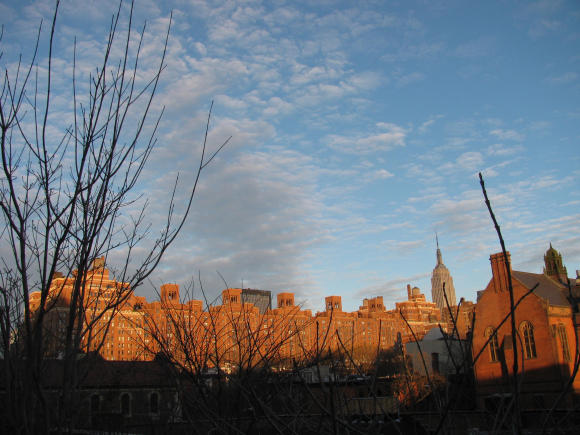
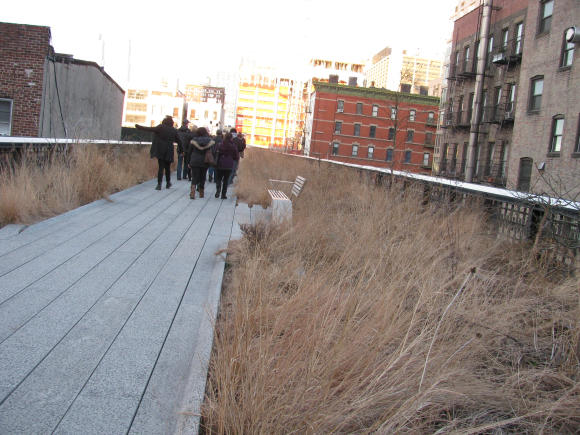
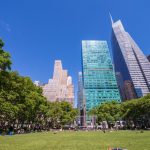

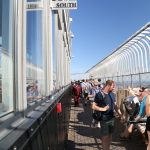
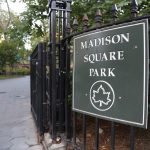
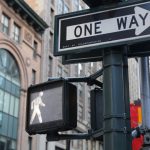
Leave a Reply